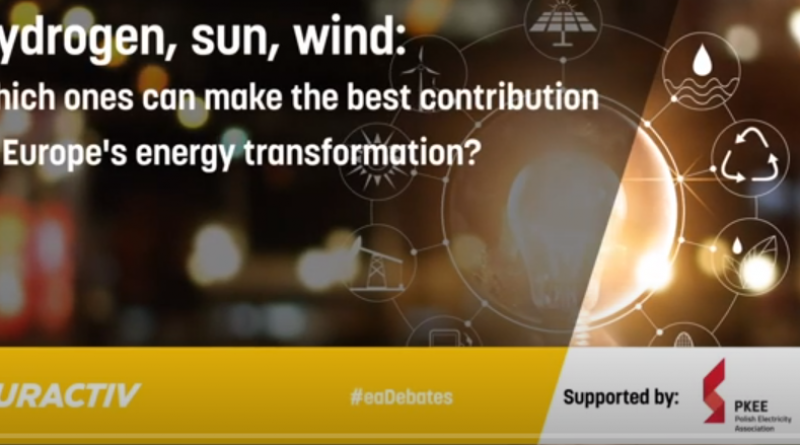Hydrogen, sun, wind: Which ones can make the best contribution to Europe's energy transformation?

Meeting the EU’s proposed new climate targets for 2030 will require a “transformation” of the bloc’s energy system, with a renewed focus on renewables and further efforts to cut fossil fuels in buildings, transport and industry.
The use of renewable energy has many potential benefits, including a reduction in greenhouse gas emissions, the diversification of energy supplies and a reduced dependency on fossil fuel markets (in particular, oil and gas). The growth of renewable energy sources may also stimulate employment in the EU, through the creation of jobs in new ‘green’ technologies.
In electricity, wind and solar power are becoming the largest renewable sources. Hydrogen has become a central element of EU plans to reach net-zero emission by mid-century. It is possible to produce it through a variety of processes resulting in different types of hydrogen: “green hydrogen”, “blue hydrogen” and “turquoise hydrogen”. These are GHG emissions-free or are characterised by lower GHG emissions-intensity, whereas “grey hydrogen” is GHG emissions-intensive. Many climate advocates believe the future lies in green hydrogen - an inexhaustible energy carrier that can be produced using renewable electricity and an electrolyser which splits water into oxygen and hydrogen.
There are plenty of challenges ahead. Financial stability is key to enable the development of renewable energy sources. To effectively integrate renewables, investments in the development of grid infrastructure are mandatory.
Is it time to scale up technologies to reduce costs, allowing renewable energy sources such as green hydrogen to become widely used? How long might that take? And how can policymakers, especially with the upcoming review of the EU's renewables and energy efficiency directives in June 2021, help accelerate the transition to newer forms of renewable energy?
16 March 2021

